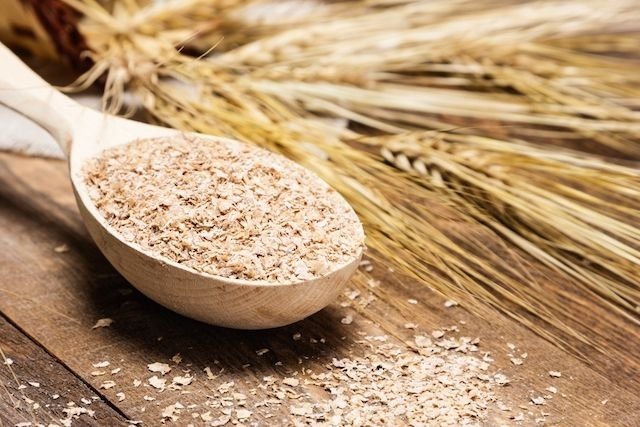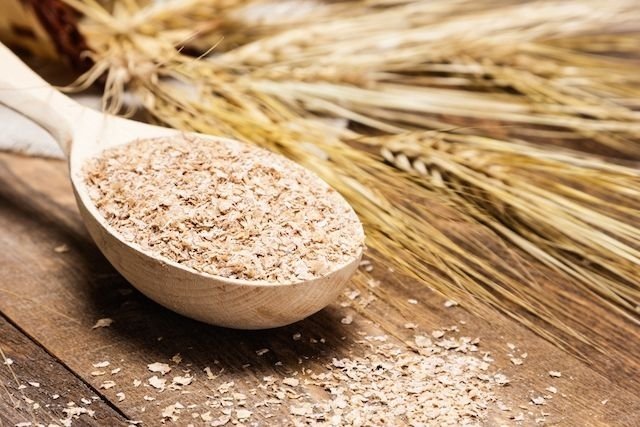Insoluble fibers have the main benefit of improving intestinal transit and combating constipation, as they increase the volume of feces and stimulate peristaltic movements, making food pass more quickly and easily through the intestine. Unlike soluble fibers, insoluble fibers do not absorb water and pass through the stomach without changing.
This type of fiber can be found mainly in foods such as wheat bran, brown rice, beans and whole breakfast cereals, as well as being present in some fruits, such as pears, unpeeled plums, oranges and tangerines, for example.

Thus, the main benefits of insoluble fiber are:
- Maintain regular intestinal transit and combat constipation;
- Prevent hemorrhoidsby facilitating the elimination of feces;
- Prevent colon cancerby retaining toxic substances that are ingested;
- Reduce intestinal contact with toxic substancesby making them pass through the intestine more quickly;
- Help to lose weightas it provides greater satiety and delays the feeling of hunger.
The total daily fiber recommendation, which includes soluble and insoluble fiber, is 25g for adult women and 38g for adult men.
Foods rich in insoluble fiber
The following table shows the main foods rich in insoluble fiber and the amount of fiber per 100 g of food.
In addition to these foods, regularly consuming fruits with skins and pomace, and vegetables in general, is important to provide a good amount of fiber in the diet and obtain the benefits of this nutrient.
Fiber Supplements
In some cases of chronic constipation or even diarrhea, it may be necessary to use fiber-based supplements that will help regulate intestinal transit. These supplements can be found in supermarkets, pharmacies and nutritional stores, and are usually presented in the form of capsules or powders to be diluted in water, tea or juices.
Some examples of fiber supplements are FiberMais, Glicofiber, Fibermais Flora and Fiberlift, and it is important to remember that they should only be used under the guidance of a nutritionist or doctor.
Difference between insoluble and soluble fiber
Insoluble fibers are those that cannot be dissolved in water nor metabolized completely by the bacteria that form the intestinal microbiota and, therefore, when they reach the intestine they can promote intestinal transit, in addition to increasing the volume of feces, which is effective. in the fight against constipation.
On the other hand, soluble fibers can be metabolized and fermented by the good bacteria present in the intestine, helping to reduce local inflammation and prevent the development of intestinal diseases. Furthermore, because they can be dissolved in water, soluble fibers form a gel in the stomach, which guarantees a feeling of satiety and promotes the regulation of cholesterol and blood glucose levels. Learn more about soluble fibers.

Sign up for our newsletter and stay up to date with exclusive news
that can transform your routine!
Warning: Undefined array key "title" in /home/storelat/public_html/wp-content/plugins/link-whisper-premium/templates/frontend/related-posts.php on line 12
Warning: Undefined array key "title_tag" in /home/storelat/public_html/wp-content/plugins/link-whisper-premium/templates/frontend/related-posts.php on line 13





